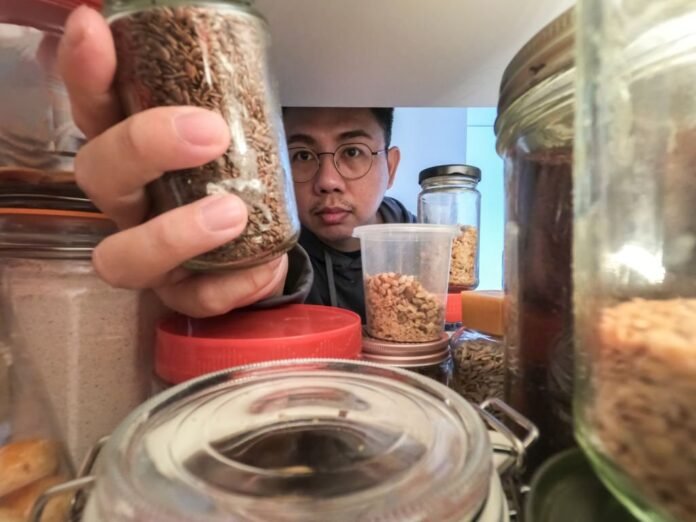There are a variety of reasons to choose jars and bottles for your packaged goods. Jars are small and easy to store. They can even fit into small spaces. Jars can also last for longer periods of time. In contrast to normal packages, which can become outdated after a day or two, jarred packaged goods can be kept for months or even years. This means that you can save money on packaging and shipping costs as well as slash your environmental footprint.
Glass containers
Many reasons to use glass containers in the packaging of Bottled and Jarred Packaged Goods (BPG) exist. Not only are they convenient, but they can be recycled. Unlike plastic or metal containers, glass does not corrode, is gas-tight, and is extremely temperature-tolerant. These benefits make glass a superior choice for packaging food and other BPG products.
Plastic bottles are the most common type of packaging. They are inexpensive, flexible, and durable. They are commonly used to package food and beverages. Unfortunately, plastic bottles contribute to environmental pollution. Not only do they contain toxins and contaminates, but they take up the most space in landfills. Glass bottles are more environmentally friendly and can be made into any shape. While the price of glass bottles is higher, they are also more convenient for consumers.
Wooden containers
Plastic and wooden containers are both durable and eco-friendly, which makes them perfect packaging materials. They are ideally suited for storing liquids such as oils and juices, as they can withstand air and moisture, and they can be easily recycled and reused. However, they are more expensive than glass and plastic containers. Wood is also a good choice for storing fruits and vegetables, but they take up more storage space.
Glass containers are widely used for bottled liquids, which are available in the market. However, with the development of plastic packaging, manufacturers gradually shifted away from glass to plastic. They are more durable, lighter in weight, and offer a superior appearance to glass containers. Furthermore, they are recyclable. Additionally, wooden containers are an ideal option for storing larger items like jam or beer. Wooden containers are ideal for storing food as they do not corrode, decay, or rust.
Metal containers
There are many benefits to using metal containers for your bottled and jarred packaged goods. While metal is more expensive than other materials, it is less prone to corrosion, and it does not react with the food it contains. In addition, metal is a rigid material that is able to resist heat and cold. It is also recyclable. While this type of container may be more expensive, it will benefit both the consumer and the producer.
As a result, you can purchase less often and save money at the same time. Additionally, you can store these jars in tight spaces. Jar packaging is also extra environmentally friendly and recyclable, which makes it an ideal choice for the food and beverage industry.
Plastic containers
Despite its disadvantages, plastic containers make life easier for food and beverage manufacturers and consumers alike. Bottled goods come in a wide variety of shapes, sizes, and materials, and the most common types of containers are plastic bottles and jars. The main advantages of plastic bottles are their affordability and flexibility, as well as their high impact resistance. They make it possible for manufacturers and consumers to store various liquid and food products while maintaining the highest quality standards.

These goods are made to be airtight, preserving the food’s nutritional value. These packages help extend the service life of food by preventing discoloration and bacterial growth. In addition to preventing discoloration, they also help extend the shelf life of food. Moreover, they protect the food from physical and environmental damage, since they do not need to be cooked before use.
Airtight containers
The primary purpose of airtight containers for bottle and jarred goods is to prolong the product’s shelf life and preserve the taste. Packaged goods are convenient and easy to store and transport. Many items can be eaten directly from jars or bottles. Most bottles and jars are transparent, and there are different sizes for different goods. The following is a list of some of the advantages of airtight containers for bottle and jarred packaged goods.
Packaged goods are packaged in canisters or bottles with screw-on caps. The jars and bottles are available in many shapes and sizes and may be categorized as food, beverage, or non-food. Jars and bottles are also suitable for household cleaning products. Because they are airtight, these containers protect the goods’ contents from contamination. Often, food packaging containers are used in a variety of industries.
Reusable containers
The invention of the reusable container is nothing new. Bottled goods have been around for centuries. People used glass vessels in Ancient Egypt and Syria to store food and liquids. Glass jars and bottles are still used today. While most jars and bottles are transparent, there are several varieties of them that vary in size. This versatility makes them an ideal container for different foods and beverages. In this article, we’ll examine the advantages of reusable containers for Bottled and Jarred packaged goods.
Glass jars are a classic example of reusable packaging. Glass jars offer consumers a high degree of confidence in a brand. They also provide a guarantee of good quality. As a result, they’re preferred over other materials. While jars are less expensive than jars, they’re still an effective packaging choice for a variety of products. The benefits of reusable containers for Bottled and Jarred packaged goods cannot be overstated.

